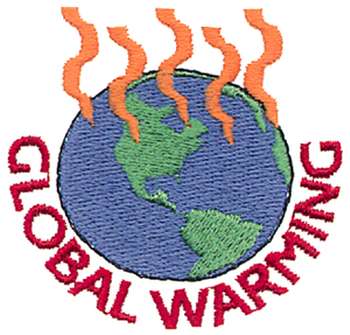
The Earth naturally absorbs incoming solar radiation and emits thermal radiation back into space. Some of the thermal radiation is trapped by certain so called greenhouse gases in the atmosphere. In recent years, carbon dioxide (CO2), a naturally occurring greenhouse gas, has been building up in the atmosphere as the result of human activities such as burning of fossil fuels (coal oil and natural gas) and deforestation .Water vapour, methane (CH4), Nitrous Oxide (NO2) and Ozone (O3), are also naturally occurring greenhouse gases. Greenhouse gases that are mostly human made include Chlorofluorocarbons (CFCs), Hydro chlorofluorocarbons (HCHCs), Hydroflurocarbons (HFCs), Perfluorocarbons (PFCs) and sulfur hexafluoride (SF6).Several non-greenhouse gases carbon monoxide (CO), oxides of Nitrogen (NO) and non-methane volatile organic compounds contribute indirectly to the greenhouse effect by producing greenhouse gases during chemical transformations or by influencing the atmospheric lifetimes of greenhouse gases.
Since 1800, atmospheric concentration of CO2, CH2, and N2O have increased by 30%, 145% and15% respectively. This increasing build up is believed by many scientists to be major cause of higher than normal average global temperatures in the 1990s.1997 was the hottest year on record .Over the past century, the Earth’s average temperature has risen approximately 10F ,and some scientists believe that it could rise by 20F to 60F over the next century .This global warming could speed the melting of the polar ice caps, inundate costal low lands , and cause major changes in crop production and natural habitat. The United States is the world’s leading producer of greenhouse gases, followed by the former Soviet Republics, China, Japan, Germany and India.




